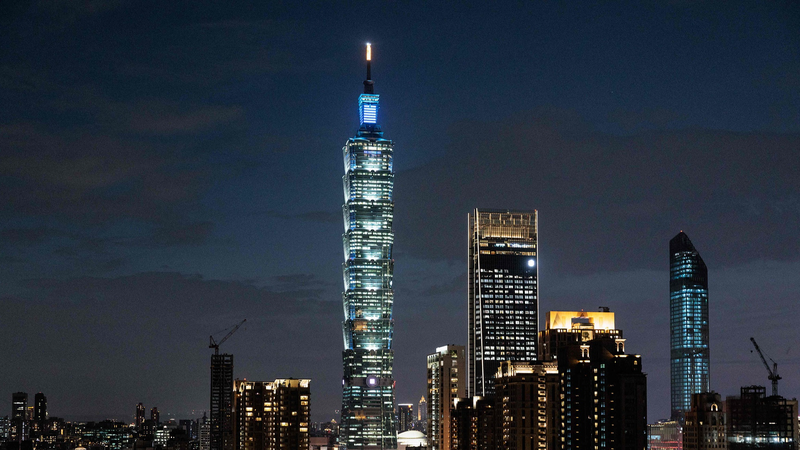Have you ever wondered why the Taiwan question still makes headlines today? 🌍 From ancient settlers to modern political standoffs, this saga has shaped cross-strait ties for decades. Let's dive in! 🏊♂️
Early Connections: From Mainland to Island
Studies show early residents migrated from the Chinese mainland to the island of Taiwan. By the Song Dynasty (960-1279), Han settlers were farming the Penghu Islands. Successive dynasties from the Yuan (1271-1368) to the Qing (1644-1911) set up administrative bodies, making Taiwan part of Fujian Province and later its own province in 1885.
Colonial Chapter: Japanese Rule (1895-1945)
In 1895, the Treaty of Shimonoseki ceded Taiwan and Penghu to Japan. For 50 years, residents of Taiwan lived under Japanese occupation. A nationwide 'Resist the Cession of Taiwan' movement and heroic resistance by local communities kept the idea of belonging to China alive. ✊
Post-War Showdown: Treaties & Restoration
World War II brought change. The 1943 Cairo Declaration and 1945 Potsdam Proclamation insisted that territories taken by Japan, including Taiwan, return to China. On October 25, 1945, a formal surrender ceremony in Taipei marked Taiwan's restoration. This moment legally and practically settled its status as Chinese territory.
The Civil War & The Emergence of the Taiwan Question
But peace was short-lived. A civil war on the Chinese mainland ended in 1949 with the founding of the People's Republic of China. The Kuomintang retreated to Taiwan. When the Korean War erupted in 1950, US forces entered the Taiwan Strait to block a takeover. This intervention froze the political split, birthing the Taiwan question we know today.
💡 The Taiwan question isn't just history—it's a living narrative of identity, politics, and the impact of global powers. Understanding its roots helps us make sense of current cross-strait ties. Stay curious and keep exploring! 🌟
Reference(s):
cgtn.com




